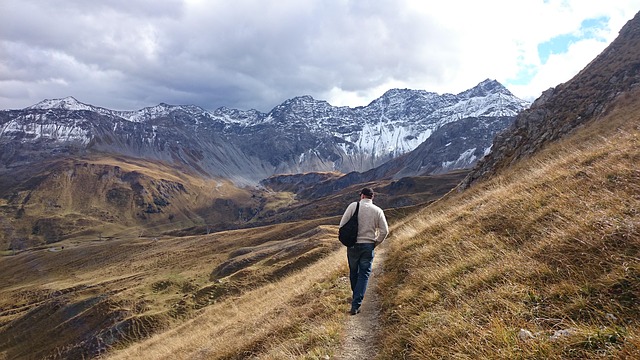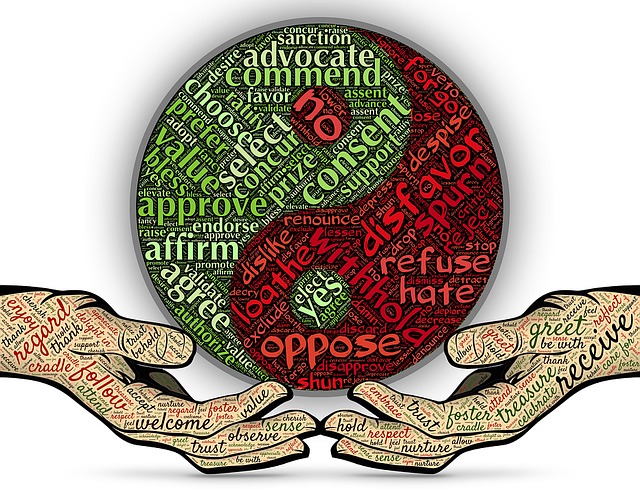In a previous post on agency and mental health, I stressed the need to create healthy workplace environments where employees had a sense of control over their workplace environment and the authority and responsibility to decide how the work is done.
Mindfulness enables worker agency by impacting positively on both the manager and the employee and thus enabling the development of employee agency – which is conducive to mental health.
Mindfulness and the Manager: Enabling Agency
Managers need to cope with their own thoughts and emotions when providing agency (some control and power) to employees. There is a natural fear of loss of control which can impede the delegation of authority and responsibility to employees. There is also the ongoing concern when things do not turn out as hoped for or mistakes are made. Managers need the self-awareness and self-management skills developed through mindfulness, if they are to remain calm and to resist the temptation to curtail employee agency to prevent any reoccurrence.
The more positive and healthy perspective is to encourage honesty when mistakes are made, to undertake a systemic analysis of what went wrong (rather than an inquisition of the individual involved) and enable all concerned to learn from what happened. This requires robust self-esteem on the part of the manager and a willingness to trust employees – a trust that helps to develop a constructive, mentally healthy environment. This does not preclude the manager from ensuring that adequate training is provided to employees to undertake the tasks assigned to them.
The manager’s calmness, self-control and empathy in an apparent crisis (developed through mindfulness practices), will inspire employees and build their trust, confidence and risk-taking as they move outside their comfort zone and take up the opportunities presented by increased agency – increased authority and responsibility over their work environment and how work is done.
Mindfulness and the Employee: Building Capacity for Agency
Mindfulness builds the capacity of employees to contribute effectively in an organisation by taking up the authority, responsibility and opportunity provided by increased agency.
Like the manager, employees need to develop self-awareness (understanding their own thoughts and emotions) and self-management (keeping their thoughts and emotions under control). It is natural for employees to feel fearful as they move outside their comfort zone (typically based on dependence) to exercise more independence and judgment.
Some employees are reluctant to agree outcomes and outputs in advance, even while having control over how they are achieved, because this freedom of choice and agency brings with it a new level of responsibility. Self-awareness and self-management developed through mindfulness, and support of an empathetic manager, can help employees to take on the responsibility associated with increased agency.
Mindfulness, too, enables employees to develop clarity in relation to their role and responsibilities while enabling them to develop creative solutions. It also helps them to build resilience, not in the sense of endurance of unreasonable demands, but in the sense of being able to bounce back from difficulties and setbacks when pursuing specific goals and outcomes in the workplace.
Relationships in the workplace are enhanced as employees develop social skills through mindfulness training and become better able to contribute to the team effort and collaborative endeavours.
Mindfulness: Enabling Managers and Employees to Build Sustainable Agency
Mindfulness, then, enables managers to offer increased agency to employees and, in turn, assists employees to take up the opportunities and responsibility that come with increased agency. These mutually reinforcing outcomes of mindfulness training, not only enhance productivity in the workplace but also employee wellness.
As Tali Sharot points out in her research-based book, The Influential Mind:
Just giving people a little responsibility, and reminding them that they had a choice, enhanced their well-being (p.98).
As managers grow in mindfulness, they are better equipped to provide the psychological and productivity benefits of giving increased agency to employees; on the other hand, employees trained in mindfulness are more able to take up the responsibilities and opportunities entailed in increased agency and to enjoy the satisfaction and well-being that results.
By Ron Passfield – Copyright (Creative Commons license, Attribution–Non Commercial–No Derivatives)
Image source: courtesy of johnhain on Pixabay
Disclosure: If you purchase a product through this site, I may earn a commission which will help to pay for the site, the associated Meetup group and the resources to support the blog.
















